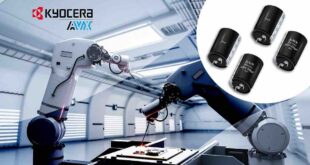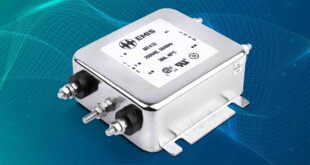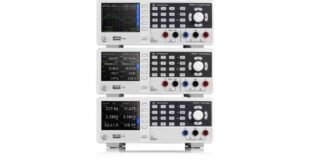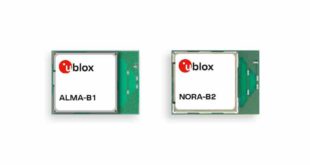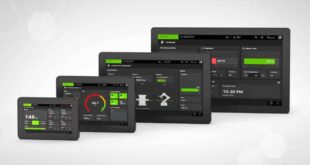Michele Windsor explains the challenges this will pose for batteries and what original equipment manufacturers (OEMs) need to consider when choosing batteries for IoT devices
There will be 8.4 billion connected ‘things’ in 2017 and 20.4 billion by 2020 according to research firm Gartner.
The demand for connected devices continues to grow, with B2B spending on Internet of Things (IoT) technologies, apps and solutions expected to reach $267 billion by 2020 at a compound annual growth rate (CAGR) of 20%, according to research by the Boston Consulting Group.
As the cost of embedded electronics, sensors and actuators comes down, it is becoming easier to integrate network connectivity and remote control into an increasingly wide variety of devices.
This is no more evident than in the burgeoning home automation market, where previously ‘dumb’ devices are now giving home-owners greater lifestyle flexibility and control over energy consumption.
Everything from smart energy meters, light bulbs, voice controllers, thermostats, window blinds, CCTV cameras and door-entry systems can now exchange information with users in the home.
Outside the home, wearable medical devices, fitness trackers and smart watches are facilitating better patient care.
Health data collected by wearable devices in real-time can be used by physicians to better diagnose and treat long-term acute health conditions. This not only improves patient care, it serves to reduce overall healthcare costs.
In the industrial and commercial sector, businesses are increasingly using IoT in track-and-trace applications for parcel inventory-management and to remotely monitor the condition of machinery so that engineers can maintain equipment before it fails, preventing substantial downtime.
The sheer variety of IoT applications means that connected devices can have very different power demands.
Some devices might have an infrequent power draw, so the standby runtime might be expected to be high, while other devices might require frequent high-power discharge. This can be reflected in the choice of primary, non-rechargeable and secondary, rechargeable batteries as well as a battery that delivers the optimal discharge profile for the application.
Wearable devices also pose a challenge for battery OEMs. As well as becoming smaller and lighter, wearables sometimes also need to conform to the body, requiring a slight curve or flexibility in the shape.
Here, the battery may need to be redesigned, removing the outer casing so it can fit into a smaller footprint. As a result, OEMs may need to consider whether to offer a removable, user-replaceable unit or embed the battery entirely.
To meet the complex needs of batteries for IoT devices, Ultralife has developed its Thin Cell range of primary lithium manganese dioxide (Li-MnO2) pouch-cell batteries.
Operating at a nominal voltage of 3.0V, the Thin Cell range delivers an energy density up to 1294Wh/l and 400Wh/kg. This is a much higher rating than the best lithium coin-cells available on the market and allows devices to deliver longer runtimes at the same size.
The Thin Cell range also outperforms coin cells when delivering high discharge rates, thanks to optimised current collectors. This means that the battery meets the demands of devices that need high bursts of energy, such as those with radio frequency (RF) transmitters.
It also operates safely and effectively from -20˚ to +60˚C and retains over 98% of its capacity after a year of storage at room temperature, so it does not suffer from the passivation that affects many other lithium chemistries.
The IoT sector is moving fast and a new wave of devices and applications presents many opportunities for OEMs.
However, before embarking on the journey, OEMs need to carefully consider the power needs of their next internet-connected device and ask themselves the question, is my battery ready for the IoT boom?
Michele Windsor is global marketing manager for Ultralife Corporation.
 Engineer News Network The ultimate online news and information resource for today’s engineer
Engineer News Network The ultimate online news and information resource for today’s engineer
